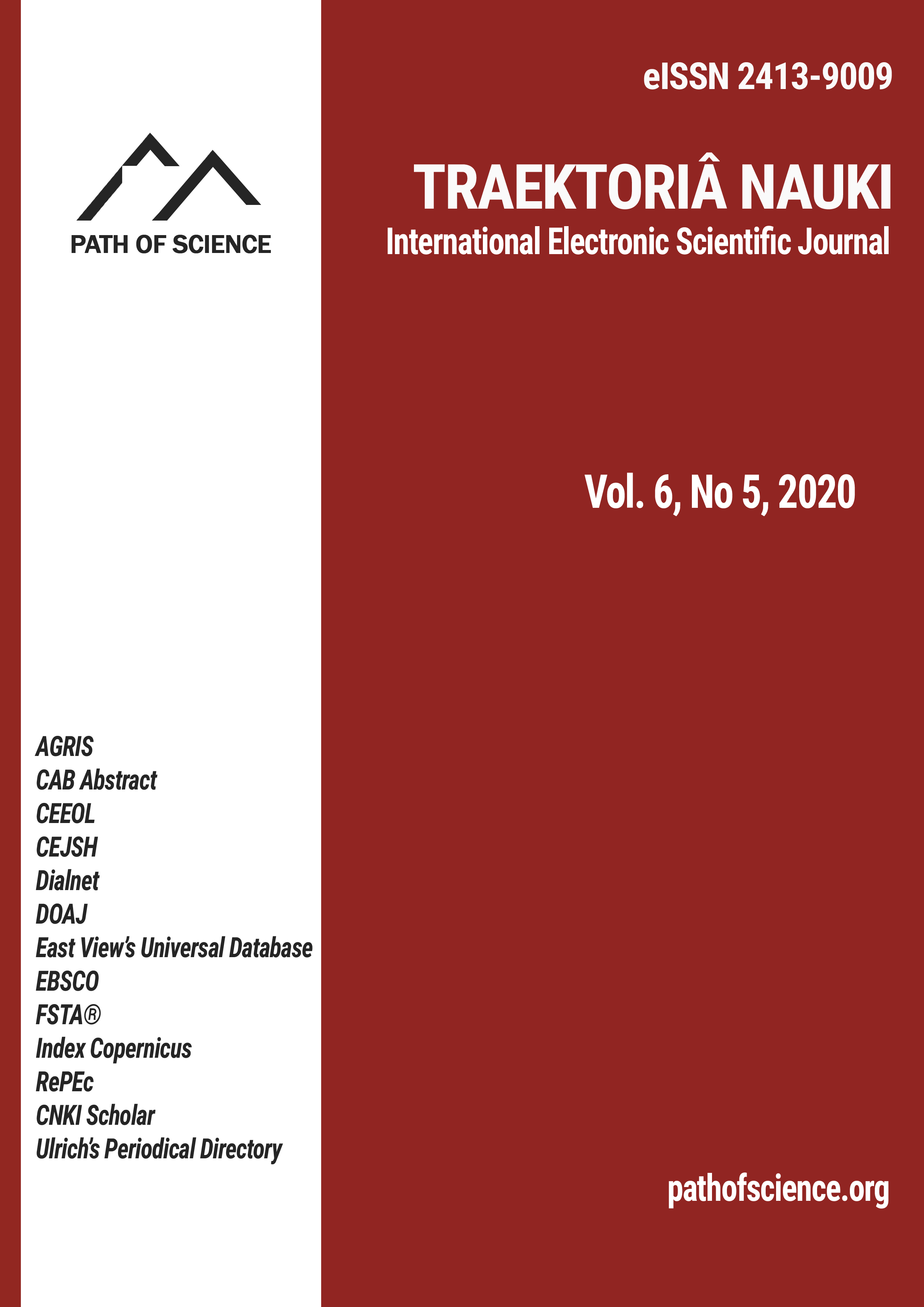Physico-Mechanical Properties of Wood and Non-Wood Plaster of Paris Bonded Composite Ceiling Boards
Physico-Mechanical Properties of Wood and Non-Wood Plaster of Paris Bonded Composite Ceiling Boards
Author(s): Temidayo Emmanuel Omoniyi, Kenny AjobieweSubject(s): Energy and Environmental Studies
Published by: Altezoro, s. r. o. & Dialog
Keywords: Wood composites; Physico-mechanical; Fibre reinforcement; Plaster of Paris; Ceiling board
Summary/Abstract: Woody (Alzibia zygia) and Non-woody (rattan and yarn strands) fibres were used comparatively to improve the physicomechanical properties of Plaster of Paris bonded composite which is used as ceiling boards. The addition of fibre reinforcement in a discrete form improves the engineering properties of the Plaster of Paris. The woody and nonwoody residues were varied in 10, 20, 30, 40, and 50% of the whole mix while the Plaster of Paris used were in the ratio 100 (control), 90, 80, 70, 60, and 50 %. The mean density of the composite produced is 3250 kg/m3. The mean thickness swelling after 2 and 24 hours is 0.84 % and 0.88 % respectively with the mean water absorption at 13.8% after 2 hours and 16.2 % after 24 hours. The MOR and MOE of the composites produced ranged from 1.21-1.22 N/mm2, 2431-51488N/mm2 for sawdust, 1.17-1.22 N/mm2, 10027-49940 N/mm2 for yarn strands and 1.20-1.22 N/mm2, 23566-86210 N/mm2 for the rattan strands. The results showed physicomechanical properties of POP-bonded fibre reinforced composites were increased for both wood and non-wood fibres and rattan strands compared best.
Journal: Traektoriâ Nauki
- Issue Year: 6/2020
- Issue No: 05
- Page Range: 6007-6011
- Page Count: 5
- Language: English

